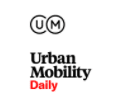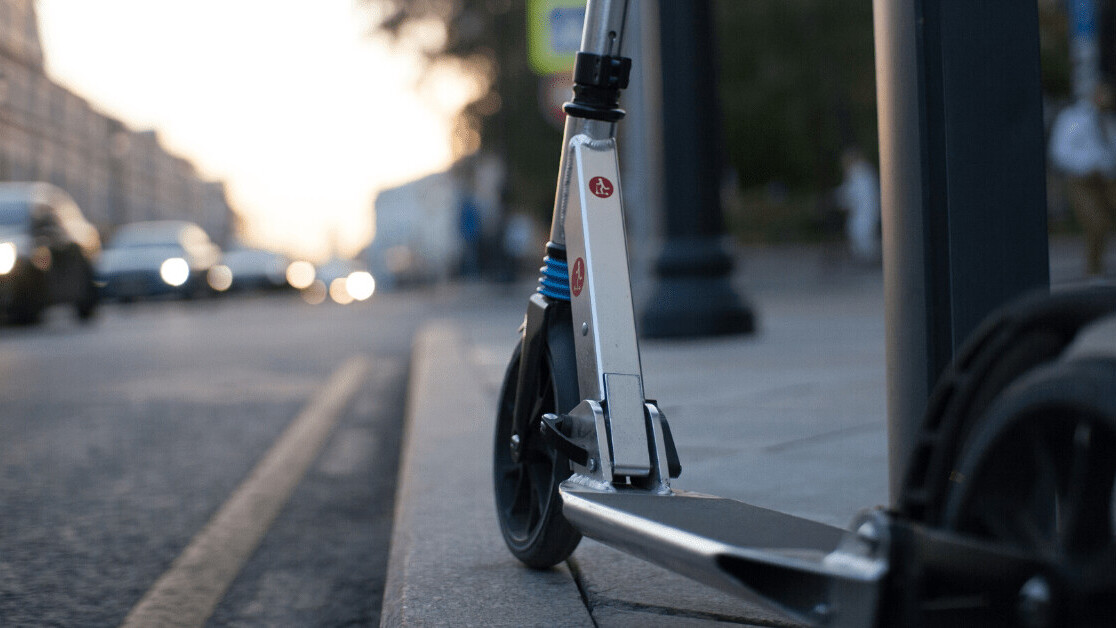It is no secret that micromobility is booming. Last mile solutions have greatly altered urban life and, according to Mckinsey, the industry will be worth $400 billion dollars by 2030 with over 30 million vehicles that need to be charged and parked. But what about our cities? With the advent of micromobility there is already a degree of disorder in public space, vandalism and theft of vehicles, and issues of pedestrian safety. On the other hand, firms are spending up to 60% of their income on operations and charging. What can be done to properly integrate micromobility into a city’s modal mix?
Integrating micromobility in cities: the 3 major challenges
Duckt was founded with this very question in mind. We believe there is a really important role that micromobility will play in the future of urban transportation, but only when we solve the problems of integration and ease of use for everybody. Before developing our product, we defined what we see as the three major issues affecting the integration of micromobility in cities around the world:
1. Local Leadership and the public space: Operators should be viewed as ‘visitors’ in the cities where they launch, ideally dedicating their services to public use. This means that citizens and local authorities should be viewed as the ‘hosts’ of a city. They are the true owners of public space and are the most likely to be affected on a day-to-day basis of the arrival of new fleets. Safety and security issues may arise, and the definition of public space is always in question. Local authorities need to take action and respond to these problems in order to position themselves not as spectators or even just as regulators, but as leading partners of sustainable micromobility solutions.
2. Operational Efficiency: Vandalism and theft of vehicles can be quite widespread, and pedestrian safety is of course another major issue at hand. While operators do care about making a positive change in people’s lives, operational costs can be prohibitive. That is exactly why operational efficiency is the second mountain to climb.
3. MaaS Integration: Dockless solutions present an opportunity to solve a great deal of first/last mile problems, offering a high level of freedom of movement. But this freedom comes at a cost. Although these vehicles can potentially be found anywhere, they are not necessarily where they ought to be. Next to bus and metro stops or any other transport/commercial hub is where passengers need a first/last mile solution the most. A semi-dockless model supported with dock solutions in densely populated centers and critical hubs creates a more seamless MaaS experience, increasing operational efficiency and maintaining order in public spaces.
Dock, lock, and charge
Before we get into how we solved these problems, here’s a quick primer about Duckt. As with every mode of transportation, we believe that micromobility also needs a dedicated infrastructure. E-mobility does have great potential in limiting transport emissions through micromobililty solutions (if done correctly), and we are driven to provide the right infrastructure to increase efficiency and empower the adoption of more sustainable modalities.
Duckt is a universal charging solution that docks, locks and charges electric kick scooters, or ‘trotinettes’. Our solution is designed to allow for the storage, securing and charging of 20 scooters streetside in the same space that one car would take up. All it takes to implement a Duckt charging station is a standard grid connection and 4 simple bolts to fix the station to a flat concrete or asphalt surface. Our adaptors make every scooter you see on the street suitable to use the system.
The technological and political hurdles we faced
When working to create dedicated infrastructure for micromobility on a multi-city scale, we knew we needed to create a well-tailored business model to tackle our two biggest challenges which were technical and political-related.
On the technical side, we knew we needed to have a universal solution. By universal, think of a standard electric plug on the wall. Today, you cannot go to the United States with your 220 volt charging plug and expect to find infrastructure that will accommodate this difference. Why? Because the 120v standard won. This is the same with other aspects of infrastructure: when the definition and timing are right, and with the right people behind the right product, widespread adoption can occur and become a standard. But we all know how difficult it is to create the standard in the first place. This is the challenge we take on everyday, knowing full well that the rapid disruption and growth in micromobility means that policymakers, local authorities, scooter manufacturers, and operators must all get behind the same idea.

On the political side, part of our goal was to gain support for more micromobility regulation at the city level. B2G is a long and complicated process because the matter at hand is not if we can create a revenue stream, but rather if we can prove that we are really solving a problem for people and businesses. Despite this challenge, we already have more than 10 major cities and 7 scooter manufacturers onboard with our dream of creating a universal charging and locking infrastructure. Either through a city’s own budget, EU funding supporting green infrastructure investments or through a business that is familiar & already working with the city, we are also on our way to launching several more pilots this summer throughout Europe and North America.
The main ingredient in our secret sauce? Experience
The nature of the challenges in realising micromobility infrastructure are interdisciplinary, so we needed a team to be able to apply a variety of competencies. Between the 3 co-founders of Duckt, we have over 35 years of combined experience in IoT, mobility and supply chain management. This allows us to be very efficient in the functionality and delivery of our solution. Our past experiences in public transport solutions also help us to both define the problematic areas and help our clients solve them, region by region.
Looking forward in a post-coronavirus future
One year ago, when we sat down with an empty sheet of paper, although we had many different ideas, there was one common dream in mind: green and accessible mobility for all. Today, we have achieved a high degree of flexibility and operational efficiency by designing all our software and hardware in-house, acquired an international patent, and received more than 30 LOIs from city authorities, smart city initiatives, EU funds and key stakeholders, resulting in a disruptive IaaS (Infrastructure as a Service) business model. As one of the top50 EU startups in mobility 2020, Duckt is well on its way to having more than 60K stations in Europe in less than 3 years. We then plan to roll out and scale our solution across Central Europe, with North American and Asian Pacific regions to follow.

Ultimately, we imagine a day where anybody can use the Duckt infrastructure to dock, lock, and charge either a shared or personal trotinette. We believe this is the future of urban micromobility solutions: one in which the infrastructure supports the easy adoption of sustainable modalities.
What the COVID-19 pandemic exposed is the need for cities to adopt sustainable modalities that put citizens, not cars, at the heart of urban mobility. In a necessary acceleration of micromobility and other active options, personal mobility solutions are receiving more space and policy support in cities. If a city can successfully adopt the right kind of solutions, it will be on its way to pioneering self-empowered sustainable mobility. This is why, now, more than ever, we have a responsibility to succeed.
The Urban Mobility Daily is the content site of the Urban Mobility Company, a Paris-based company which is moving the business of mobility forward through physical and virtual events and services. Join their community of 10K+ global mobility professionals by signing up for the Urban Mobility Weekly newsletter. Read the original article here by Cagri Selcuklu, Co-founder, Duckt, and follow them on Linkedin and Twitter.

Get the TNW newsletter
Get the most important tech news in your inbox each week.







